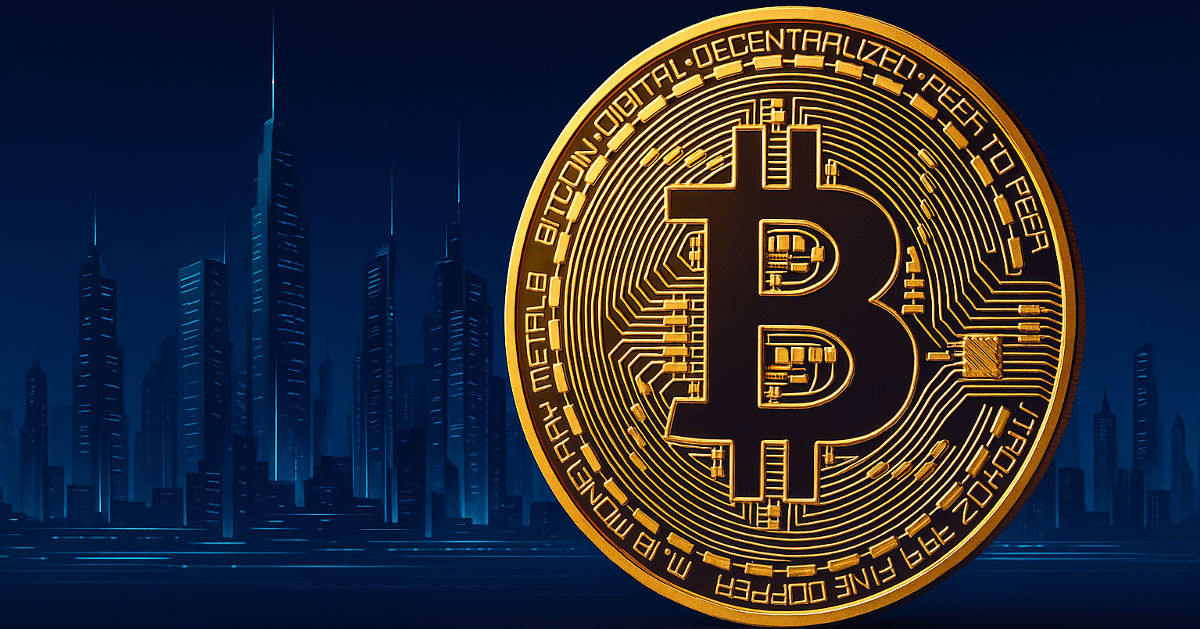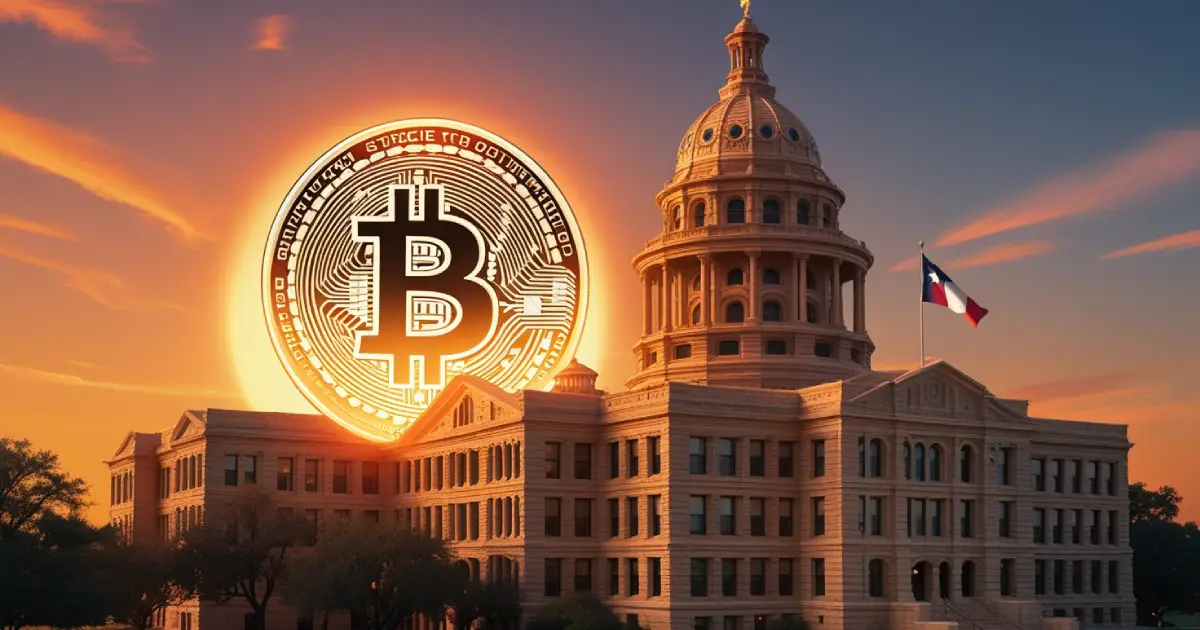Imma be honest, I have the memory of a goldfish. I genuinely couldn’t tell you where my car is parked right now, let alone what happened years ago.
|
But for some reason, I do remember Michael from 7th grade.
Mikey boy was that kid in the back of the class, hoodie up, always ready to drop a sarcastic comment – especially if someone had the audacity to raise their hand. ‘Cause like, ew, teacher’s pet.
Then at some point, something changed. Mike stayed in his hoodie, stayed in the back row… but now he was also asking questions and cracking jokes with the teacher.
Because realized something: having the teacher on your side can actually work in your favor sometimes – his grade did go up after he changed his behavior.
For some reason, that stuck with me – I think it was the first time I saw someone use the rules to their advantage instead of continuing to fight them.
|
And it’s kinda like what Ripple’s doing right now.
They’re chasing two of the most TradFi-approvedgolden tickets:a national banking license and a Federal Reserve Master Account.
What does that mean? Let’s break it down:
1/ National banking license
That’s basically a federal license from the OCC (Office of the Comptroller of the Currency) to operate as a bank under federal rules.
So yeah, if approved, Ripple would become a bank.
Why does that matter? Well:
👉 They could operate in all 50 states without needing separate approvals;
👉 They’d have more services they’re allowed to offer;
👉 It would make them look way more legit to regulators and institutions;
👉 And – big one – their stablecoin, RLUSD, would be backed by a federally-regulated bank (aka themselves if this goes through) → major trust and transparency points.
|
2/ Fed Master Account
Think of it like a backstage pass to the Fed.
Normally, companies have to keep their money in regular banks, which then interact with the Fed’s payment system. With a Master Account, Ripple could cut out the middlemen and keep their money directly with the Fed.
Why’s that useful? Because it means:
👉 They don’t have to rely on random partner banks to hold RLUSD reserves → trust increase;
👉 Faster, cheaper payments;
👉 Plus, since the Fed’s system runs 24/7, even when normal banks are closed.
|
So yeah, the benefits are definitely there, but actually getting these approvals? Not easy.
The OCC will dig through every corner of Ripple’s business- finances, risk management, compliance, AML policies, consumer protections, all of it. They want everything to be rock solid.
The Fed’s also picky about who gets a Master Account – they expect nothing less than strong governance and capital + a good reputation.
And even if you check all the boxes, the process still drags on for months.
So far, the only crypto-native company to actually pull it off is Anchorage Digital, which shows just how steep this climb really is.
|
Now, some of you might look at the whole thing and think: wow… Ripple and that Mikey kid are both sellouts.
And, honestly, fair enough – if your view of crypto is purely decentralization, anti-censorship, and anti-TradFi, then yeah… Ripple getting itself into that very system feels kinda backwards.
At the same time, not every crypto project is chasing the same dream.
Ripple’s focus was always on making cross-border payments faster, cheaper, and more efficient for banks and institutions through XRP.
So, they’re not trying to replace the system – they’re trying to improve it.
And… uhh… I already forgot what I was saying. Again, goldfish memory.
Well, anyways, this is just another reminder of how flexible crypto can be – powering both radical freedom and institutional innovation.
|
Now you’re in the know. But think about your friends – they probably have no idea. I wonder who could fix that… 😃🫵 Spread the word and be the hero you know you are! |












